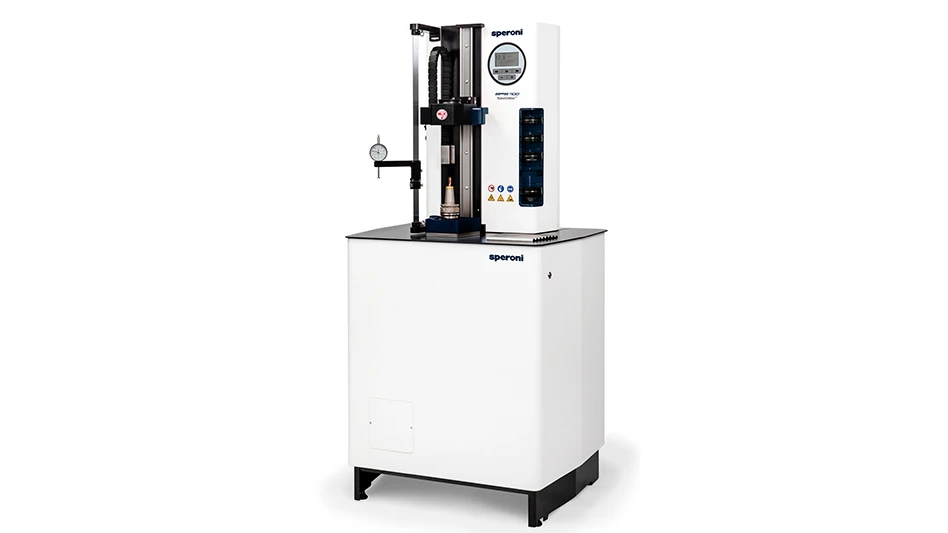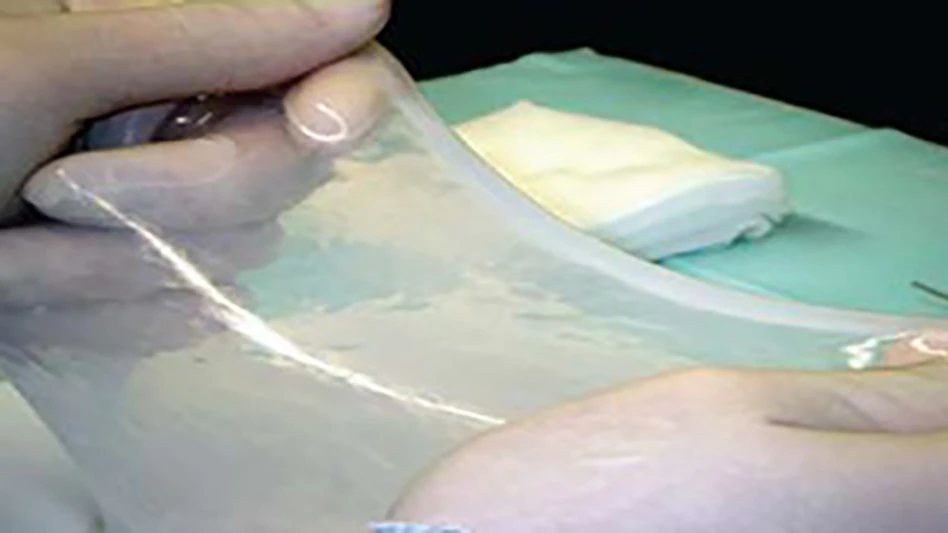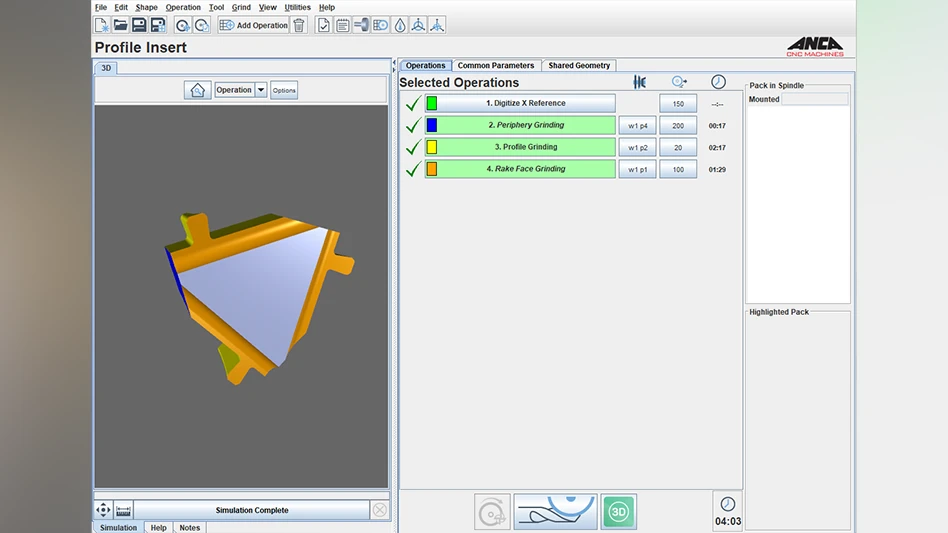 Motion technology continuously improves to meet the requirements of increasingly capable and reliable medical devices. Advances in planetary gearheads are helping modern diagnostic systems, such as computed tomography (CT) scanners, become more powerful and precise, as well as being kinder to patients.
Motion technology continuously improves to meet the requirements of increasingly capable and reliable medical devices. Advances in planetary gearheads are helping modern diagnostic systems, such as computed tomography (CT) scanners, become more powerful and precise, as well as being kinder to patients.
The earlier an illness is detected, the more effective and successful a treatment will be. Modern diagnostic procedures mean that risky surgical interventions, and the associated stress caused to patients, are no longer necessary.
CT scanners are at the forefront of non-invasive diagnostics and are used in practically every medical discipline. Technical developments have seen several generations of devices emerge, delivering better results and exposing patients to lower doses of radiation. The radiation dose for an examination is now just 2% of the dose needed during the pioneering age of X-ray technology.
 At the same time, scanning technology has continued to improve so that imaging results produced by modern devices now have little in common with the first X-ray images. For example, spiral CT uses thousands of cross-sectional views, which are processed and put together in the computer, to create three-dimensional images of the body being examined. To achieve this, the radiation/detection unit – the gantry – rotates at high speed around the patient, who is moved smoothly through it horizontally. While first generation devices needed hours for a single rotation, today’s CT rotation times can be fewer than 500ms.
At the same time, scanning technology has continued to improve so that imaging results produced by modern devices now have little in common with the first X-ray images. For example, spiral CT uses thousands of cross-sectional views, which are processed and put together in the computer, to create three-dimensional images of the body being examined. To achieve this, the radiation/detection unit – the gantry – rotates at high speed around the patient, who is moved smoothly through it horizontally. While first generation devices needed hours for a single rotation, today’s CT rotation times can be fewer than 500ms.
Motion requirements
These precision devices set high requirements for the motion components within them. In particular, moving the patient in relation to the scanning units must be smooth and precise – the faster the rotation and scanning speed, the more precise this motion needs to be. Today, the gantry is rotated either by large slip ring motors or, more recently and increasingly, by inductive linear motors with a moving electromagnetic field. This field moves the tubular detection unit, which can weigh up to a ton, like a magnetically levitated train.
The motion system technology responsible for moving the patient table through the gantry horizontally has to satisfy many requirements. Only an optimal motion system, which satisfies requirements, will be able to support high-resolution CT scanning.
 Motion systems must ensure the patient table moves precisely and smoothly with no jerking. It must also be able to make very fine adjustments. The slightest unevenness in horizontal movement could disturb image quality and make the entire scan unusable, requiring a repeat scan and exposing the patient to a second dose of radiation. The motion system needs to be reliable to rule out as many faults or failures as possible.
Motion systems must ensure the patient table moves precisely and smoothly with no jerking. It must also be able to make very fine adjustments. The slightest unevenness in horizontal movement could disturb image quality and make the entire scan unusable, requiring a repeat scan and exposing the patient to a second dose of radiation. The motion system needs to be reliable to rule out as many faults or failures as possible.
The demanding requirements expected of motion systems in smooth running and low levels of noise generation make CT scanning more comfortable for patients. Every decibel reduced at this stage helps the patient to relax. This cuts the incidence of involuntary patient movements, which can also make scans unusable. Quiet motion system components also make it easier for medical personnel and patients to communicate. If the patient cannot clearly understand a given instruction, such as “now hold your breath,” a scan is more likely to fail.
Fundamental requirements such as speed adjustment and load bearing capacity also place demands on motion systems. Safety regulations stipulate a maximum permissible table load of 280kg. This value is expected to increase to 340kg in the near future, which means the motion system must be able to move this kind of weight reliably. The ever-faster rotation speed of the tubular detection unit in the latest generation of devices means the patient table needs to be moved faster, too. The required feed speeds range from 10mm/s to 100mm/s.
|
Partnering with Thomson Thomson has more than 70 years of experience in designing and engineering solutions that enables customers to stay ahead with more reliable and capable machines. Micron True Planetary gearheads engineered for medical applications include seven gearhead families with helical crowned gearing to reduce vibration for the smooth and quiet operation required by CT scanners. The helical gear teeth are cut at an angle to the drive shaft centerline, providing increased contact, resulting in 30% to 50% more torque capacity than spur type planetary gearing. The high torque performance capabilities of the UltraTRUE and ValueTRUE also offer reliability and high safely factors. Other gear heads include the:
Medical device designers benefit from components that are tailored to each other, which can save planning time. Thomson’s RediMount system provides error-free installation of gearheads to any motor and allows easy changing of motors. |
Component sizing
 This requirement for increased speed and load bearing capacity must be balanced with the demand for component motors. All components in medical devices must be fully enclosed but there is a limited amount of room in the gantry, which puts limits on the physical size of the motors. Fast, relatively small servomotors must be employed, so a gearing system can be used to reduce motor speed and increase output torque.
This requirement for increased speed and load bearing capacity must be balanced with the demand for component motors. All components in medical devices must be fully enclosed but there is a limited amount of room in the gantry, which puts limits on the physical size of the motors. Fast, relatively small servomotors must be employed, so a gearing system can be used to reduce motor speed and increase output torque.
For medical applications, this step-up in torque, along with smooth operation, can be achieved using planetary gearheads, where three to five spur gears – planet gears – rotate about a central pinion or sun gear.
The main advantage of planetary gearheads is that the planet gears all share the load attached to the output shaft, giving the arrangement a higher load capacity than a spur gearhead for a given size of gearbox. This load sharing also gives planetary gearheads a longer life than other types of gearhead and reduces maintenance requirements and downtime.
| Thomson’s free MicronMotioneering tool (www.micronmotioneering.com) is an accurate and user-friendly gearhead-sizing tool. It allows customers to select configuration options using real world application parameters and advanced motion profiles, saving design time and optimizing the balance between performance and installed cost. Outputs include 3D model downloads, list prices, delivery times, and detailed ordering information. |
The design of planetary gearheads provides the highest possible torque output with high efficiency and precision, so servomotor size can be reduced, keeping the overall size of medical equipment to a minimum. Planetary gearheads also offer low backlash, eliminating positioning errors and reducing vibration and noise.
OEMs seeking cost and technical advantage over their competitors, changing regulations, and new opportunities, are driving innovation and performance in motion control. Of course, motion control requires more than just gearheads.
Medical device manufacturing support specialists offer comprehensive lines of linear bearings, linear guides, ball screws, lead screws, clutches, brakes, rod-style electric linear actuators, and complete pre-assembled motion systems. Rod-style electrical linear actuators and precision linear actuators come in a variety of sizes and designs.
As global competition continues to grow, the need for technologically advanced motion systems can only increase.

Thomson Industries Inc.
www.thomsonlinear.com
About the author: Howard Horn is a product manager at Thomson Industries and can be reached at howard.horn@thomsonlinear.com.

Explore the April 2015 Issue
Check out more from this issue and find your next story to read.
Latest from Today's Medical Developments
- Teleflex sells acute care and urology businesses for $2.03 billion
- HANNOVER MESSE: Where research and manufacturing meet
- What’s next for the design and manufacturing industry in 2026?
- Arcline to sell Medical Manufacturing Technologies to Perimeter Solutions
- Decline in German machine tool orders bottoming out
- Analysis, trends, and forecasts for the future of additive manufacturing
- BlueForge Alliance Webinar Series Part III: Integrate Nationally, Catalyze Locally
- Robot orders accelerate in Q3





